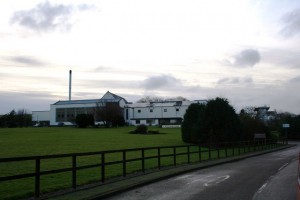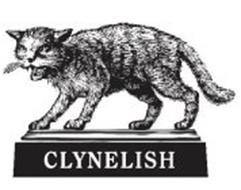
Clynelish

Clynelish Distillery (Source: commons.wikipedia.org, Attribution: Andrew Wood)

| Region: | Northern Highlands |
| Founded: | 1967 |
| Status: | Active |
| Owner: | Diageo |
1819: George Granville Leveson-Gower, 1st Duke of Sutherland, builds Clynelish {KLINE-leash}.
1821: James Harper leases the distillery.
1827: James Harper goes bankrupt and John Matheson takes over the lease.
1846: George Lawson & Sons becomes the new leaseholder.
1850: The two stills are exchanged by new ones.
1896: Clynelish is sold to the blending company James Ainslie & Heilbron.
1912: James Ainslie & Co files in for bankruptcy and James Risk (owner of a blending company himself) takes over.
1925: Distillers Company Limited (DCL) buys the distillery. DCL delegates the administration of the distillery to Scottish Malt Distillers (SMD) in 1930.
1931: Clynelish is mothballed until 1939.
1960: The distillery becomes electrified.
1961: The stills are now heated by steam.
1965: The malting floors are closed.
1967: A new distillery, called Clynelish B, is built right next to the old one (now called Clynelish A).
1968: Clynelish B is mothballed.
1969: Clynelish B is reopened as Brora and starts to produce a very peaty whisky needed for blending. This was done to cover a shortage of Islay whisky caused by a drought on the island.
1983: Brora is closed. The warehouses are still used by Clynelish.
1987: Clynelish becomes part of United Distillers (Diageo since 2002).
The single malt from Clynelish is an important part in several of blends from Diageo. Clynelish is also the signature malt in Johnnie Walker Gold Label Reserve.
Tasting Notes
- Clynelish 1996 ‘Single Cask Seasons – Spring 2015′ (SV for Kirsch Import)
- Clynelish 1990 (Ian MacLeod ‘Dun Bheagan’)
All other brand names and trademarks are the property of their respective owners and are used for descriptive purposes only.
Copyright © 2026 | MH Magazine WordPress Theme by MH Themes
Leave a comment